Welcome to the Firefly Atlas, a collaborative initiative to better understand and conserve the diversity of fireflies in North America! Whether you are a professional biologist, a passionate community scientist, a land manager, an educator, or simply a firefly enthusiast, this site will provide you with resources and opportunities to learn and contribute.
While a big part of the Firefly Atlas involves surveys, and the seasonal windows have passed for most of the Atlas’s focal species, now is a great time to explore lists of firefly species documented in your area and check out the Firefly Atlas participant handbook and data-sheets. Have a treasure trove of firefly photos with date and location information? Create a Firefly Atlas account and upload incidental observations. And if you live in Florida, focal firefly species may still be active in your area!
LINK: A big part of the Firefly Atlas involves surveys
LINK: Focal species
LINK: Lists of firefly species documented in your area
LINK: Participant handbook
LINK: Data-sheets
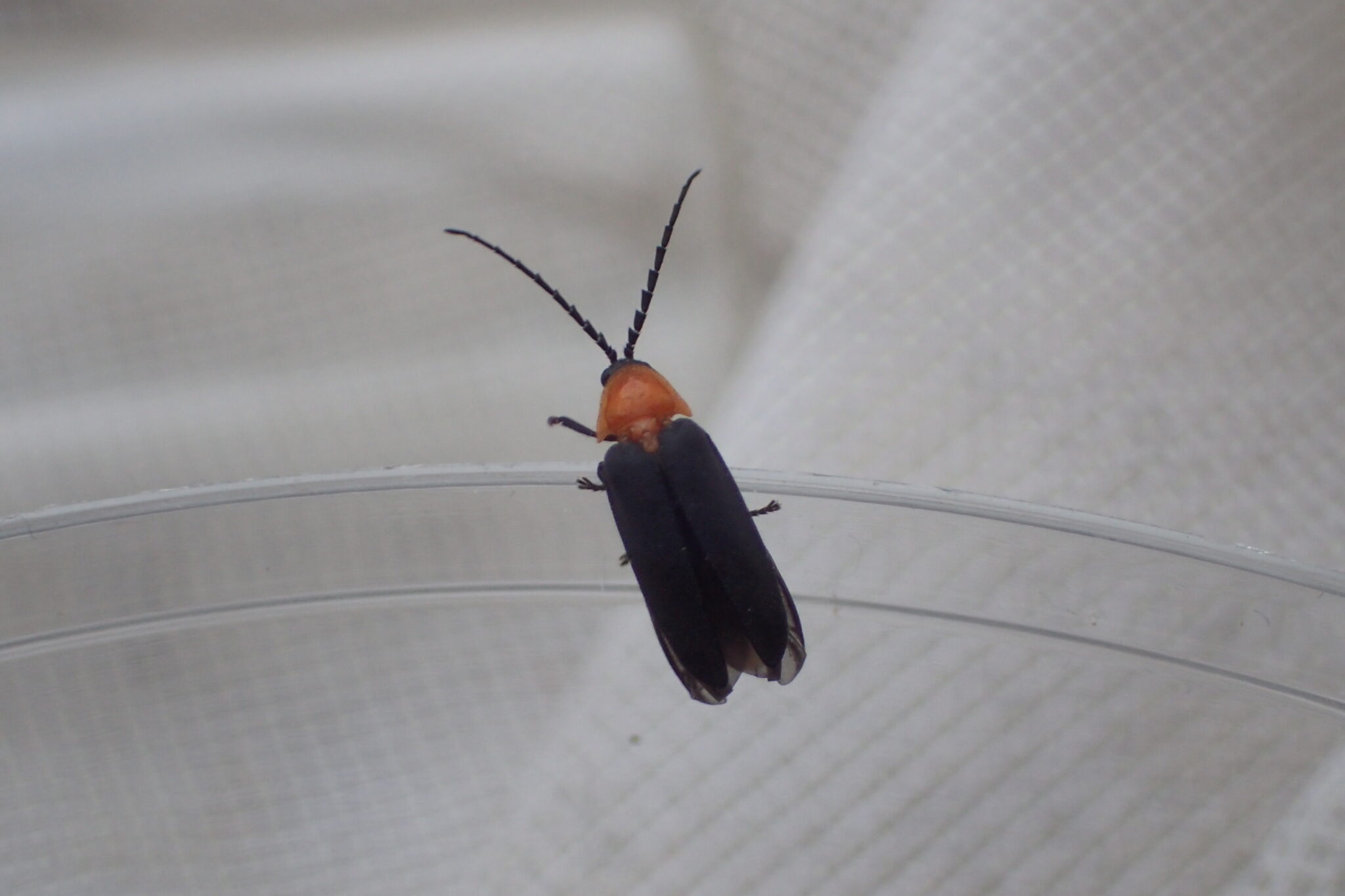

LINK: Florida scrub dark firefly (Lucidota luteicollis)
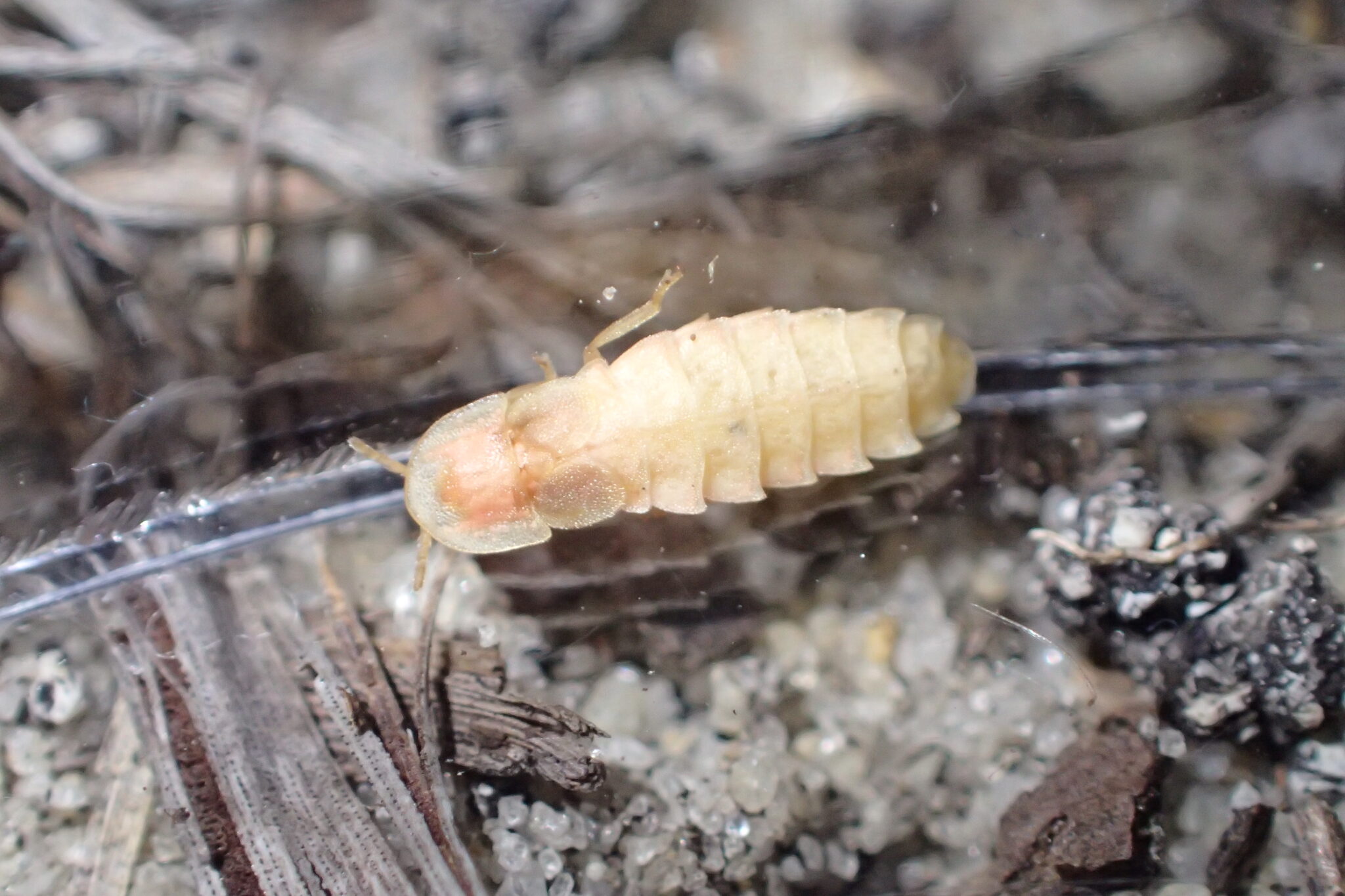

LINK: Ant-loving scrub firefly (Pleotomodes needhami)
This spring and summer we got out in the field to experience focal species first-hand and to fine-tune the Atlas survey protocols, which took us to sandy scrub and mangrove swamps in Florida, marshes in Georgia and South Carolina, desert springs in Arizona, and coastal wetlands and cedar swamps in Delaware and Maryland. We also held workshops at the Sandy Creek Nature Center in Athens, Georgia and Delaware Wild Lands in Odessa, Delaware, where agency biologists, land managers, and community scientists learned about firefly conservation, diversity, and survey methods. A more informal gathering of firefly researchers, enthusiasts, and conservationists took place in Coronado National Forest in Arizona.
LINK: Salt marsh fireflies (Photuris salina)
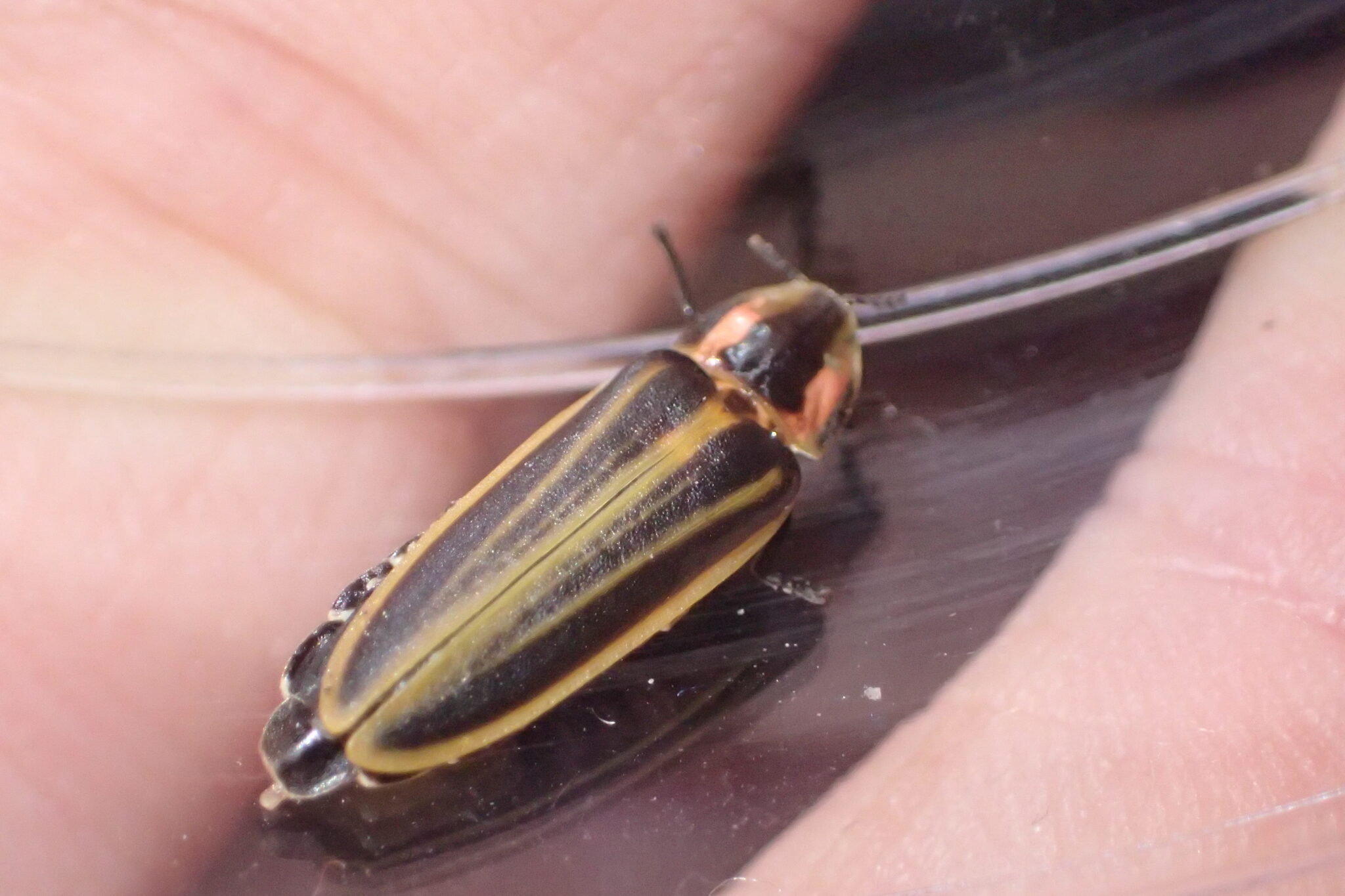

LINK: Keel-necked firefly (Pyractomena ecostata)
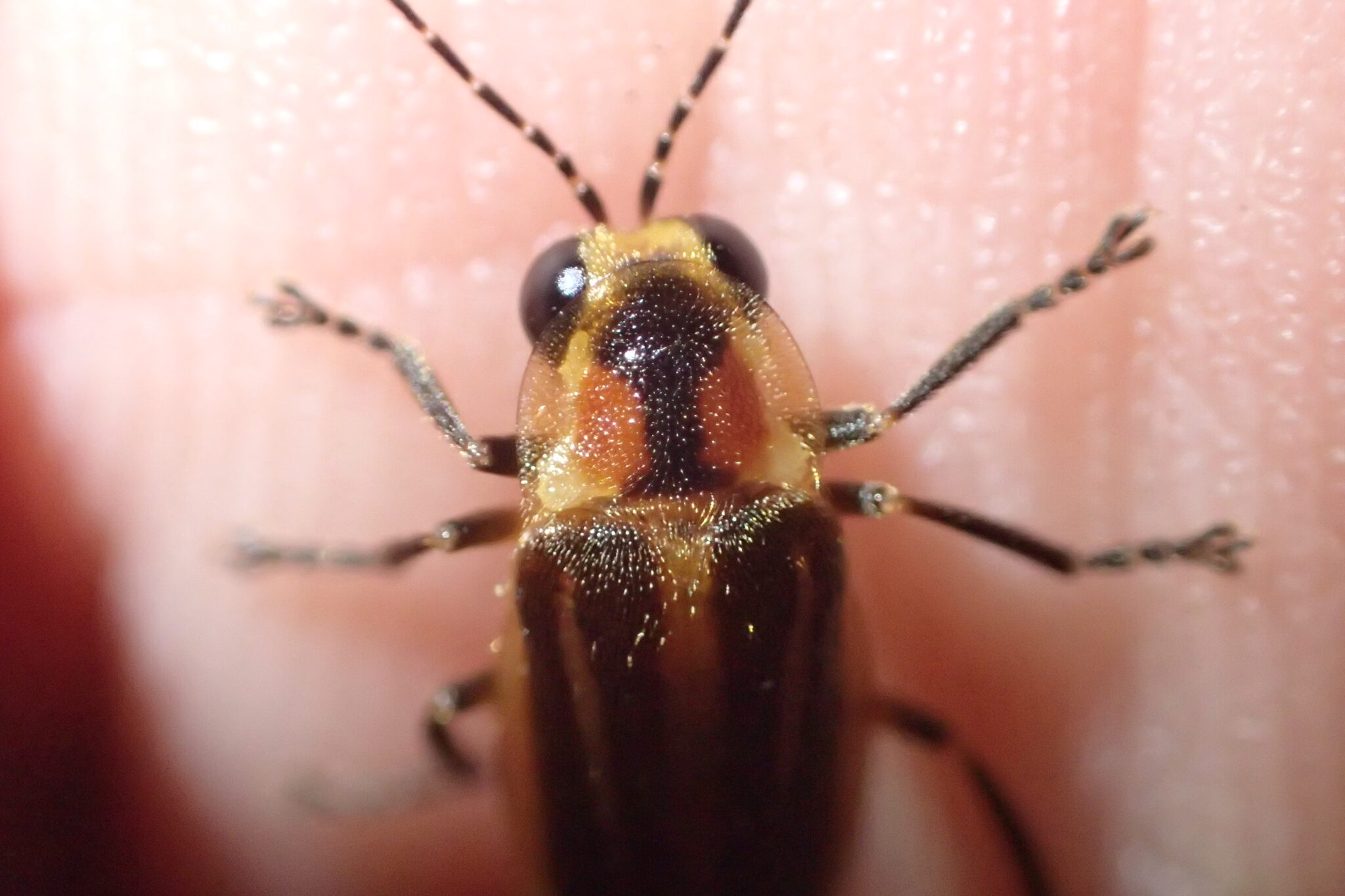

LINK: Bethany Beach fireflies (Photuris bethaniensis)
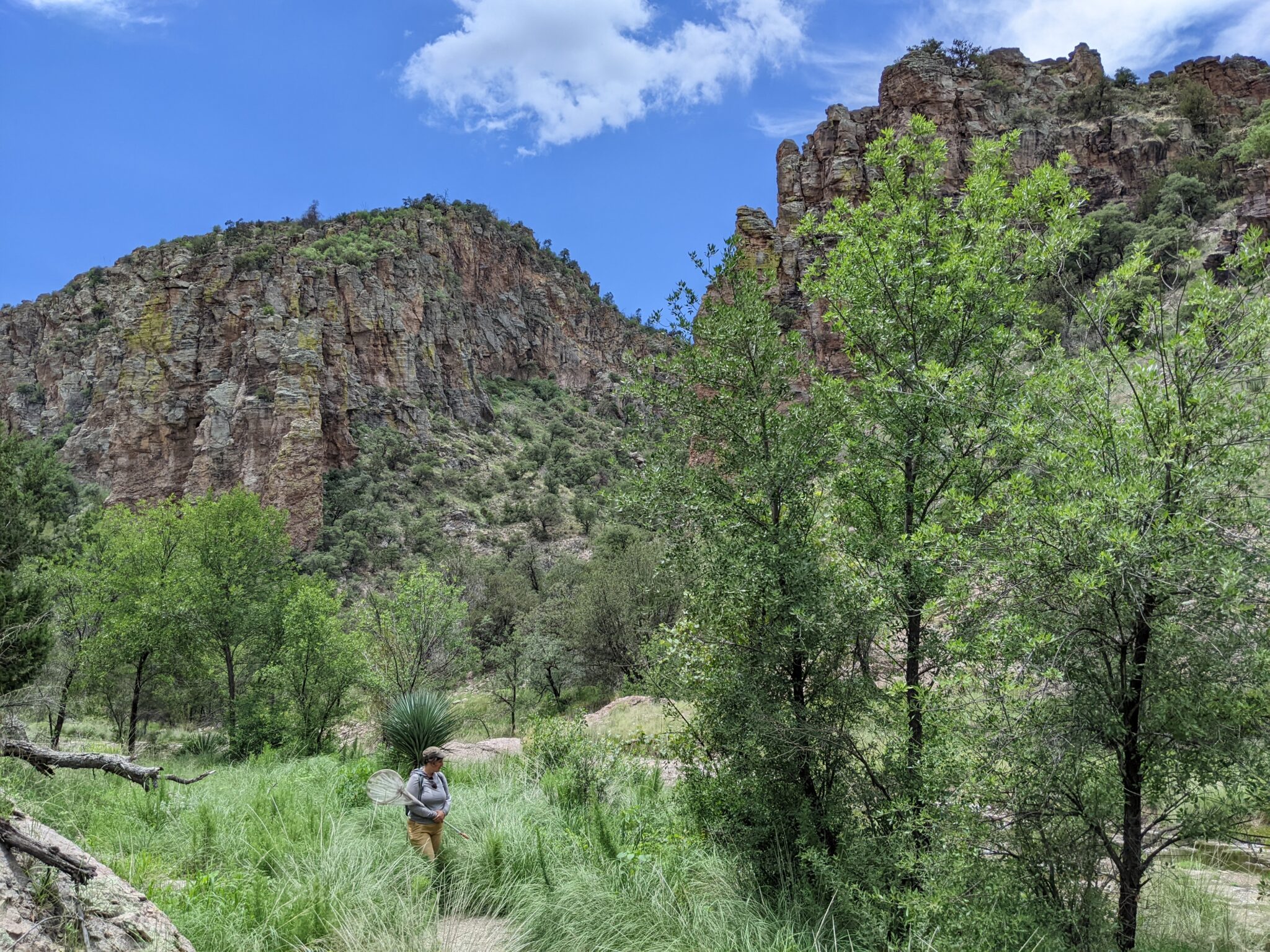

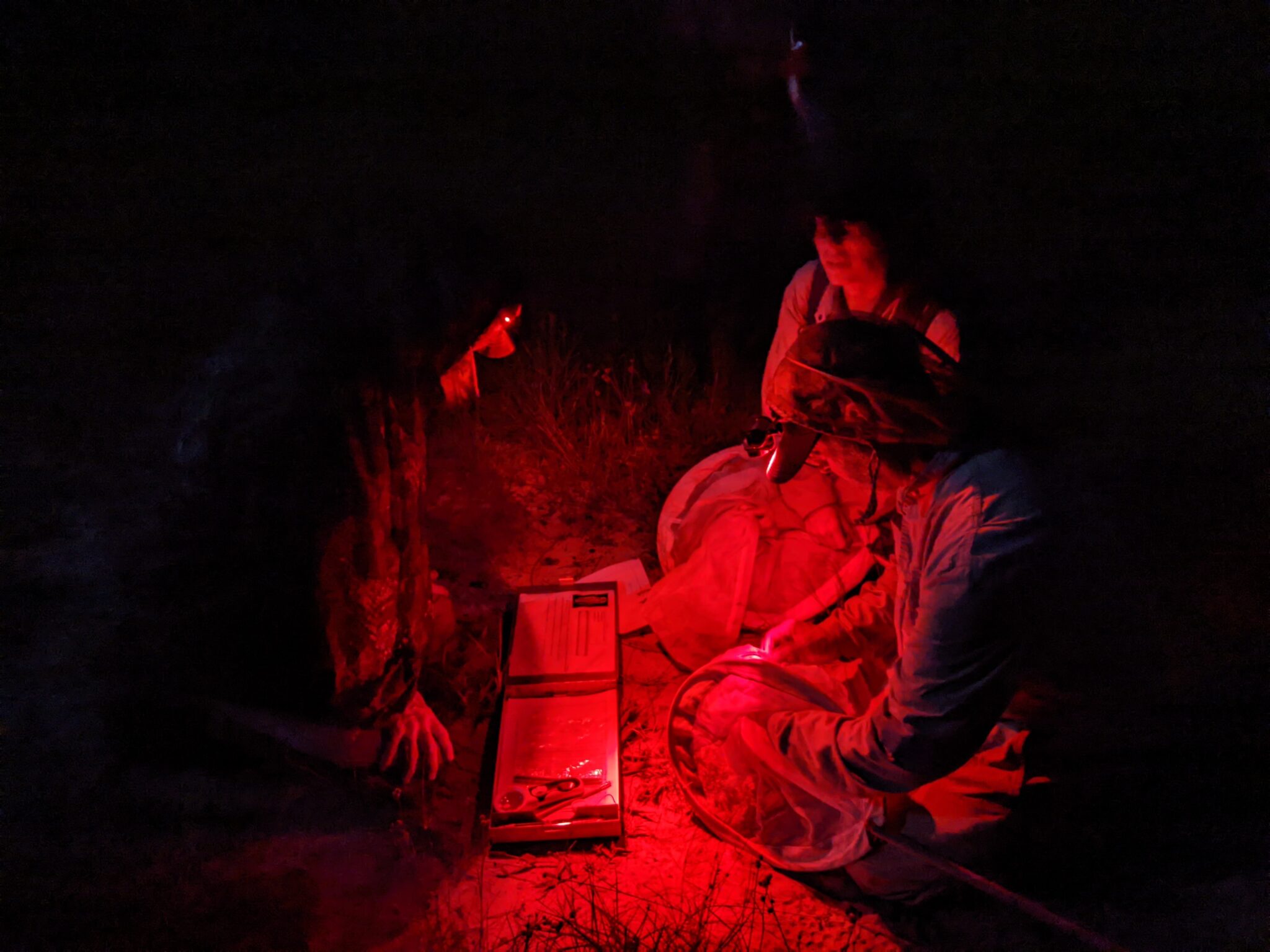

We owe a big thank you to everyone who made this firefly season a success, including firefly specialists who gave us advice and encouragement, organizations that co-hosted workshops, folks who attended workshops, land managers who gave us permission to conduct surveys, and community scientists who joined us in the field or tested out the survey protocol.
We would love your feedback on the site and its content! Please send suggestions, corrections, questions or comments to [email protected] or via this Google form.
LINK: This Google form
Notice: Below is a list of 11 important links included on this page.
1. A big part of the Firefly Atlas involves surveys
3. Lists of firefly species documented in your area
5. Data-sheets
6. Florida scrub dark firefly (Lucidota luteicollis)
7. Ant-loving scrub firefly (Pleotomodes needhami)
8. Salt marsh fireflies (Photuris salina)
9. Keel-necked firefly (Pyractomena ecostata)
10. Bethany Beach fireflies (Photuris bethaniensis)
11. This Google form
Please note that while screen readers have made significant strides, they may still lack full support for optimal web accessibility.
Welcome to the Firefly Atlas, a collaborative initiative to better understand and conserve the diversity of fireflies in North America! Whether you are a professional biologist, a passionate community scientist, a land manager, an educator, or simply a firefly enthusiast, this site will provide you with resources and opportunities to learn and contribute.
While a big part of the Firefly Atlas involves surveys, and the seasonal windows have passed for most of the Atlas’s focal species, now is a great time to explore lists of firefly species documented in your area and check out the Firefly Atlas participant handbook and data-sheets. Have a treasure trove of firefly photos with date and location information? Create a Firefly Atlas account and upload incidental observations. And if you live in Florida, focal firefly species may still be active in your area!


This spring and summer we got out in the field to experience focal species first-hand and to fine-tune the Atlas survey protocols, which took us to sandy scrub and mangrove swamps in Florida, marshes in Georgia and South Carolina, desert springs in Arizona, and coastal wetlands and cedar swamps in Delaware and Maryland. We also held workshops at the Sandy Creek Nature Center in Athens, Georgia and Delaware Wild Lands in Odessa, Delaware, where agency biologists, land managers, and community scientists learned about firefly conservation, diversity, and survey methods. A more informal gathering of firefly researchers, enthusiasts, and conservationists took place in Coronado National Forest in Arizona.




We owe a big thank you to everyone who made this firefly season a success, including firefly specialists who gave us advice and encouragement, organizations that co-hosted workshops, folks who attended workshops, land managers who gave us permission to conduct surveys, and community scientists who joined us in the field or tested out the survey protocol.
We would love your feedback on the site and its content! Please send suggestions, corrections, questions or comments to [email protected] or via this Google form.



